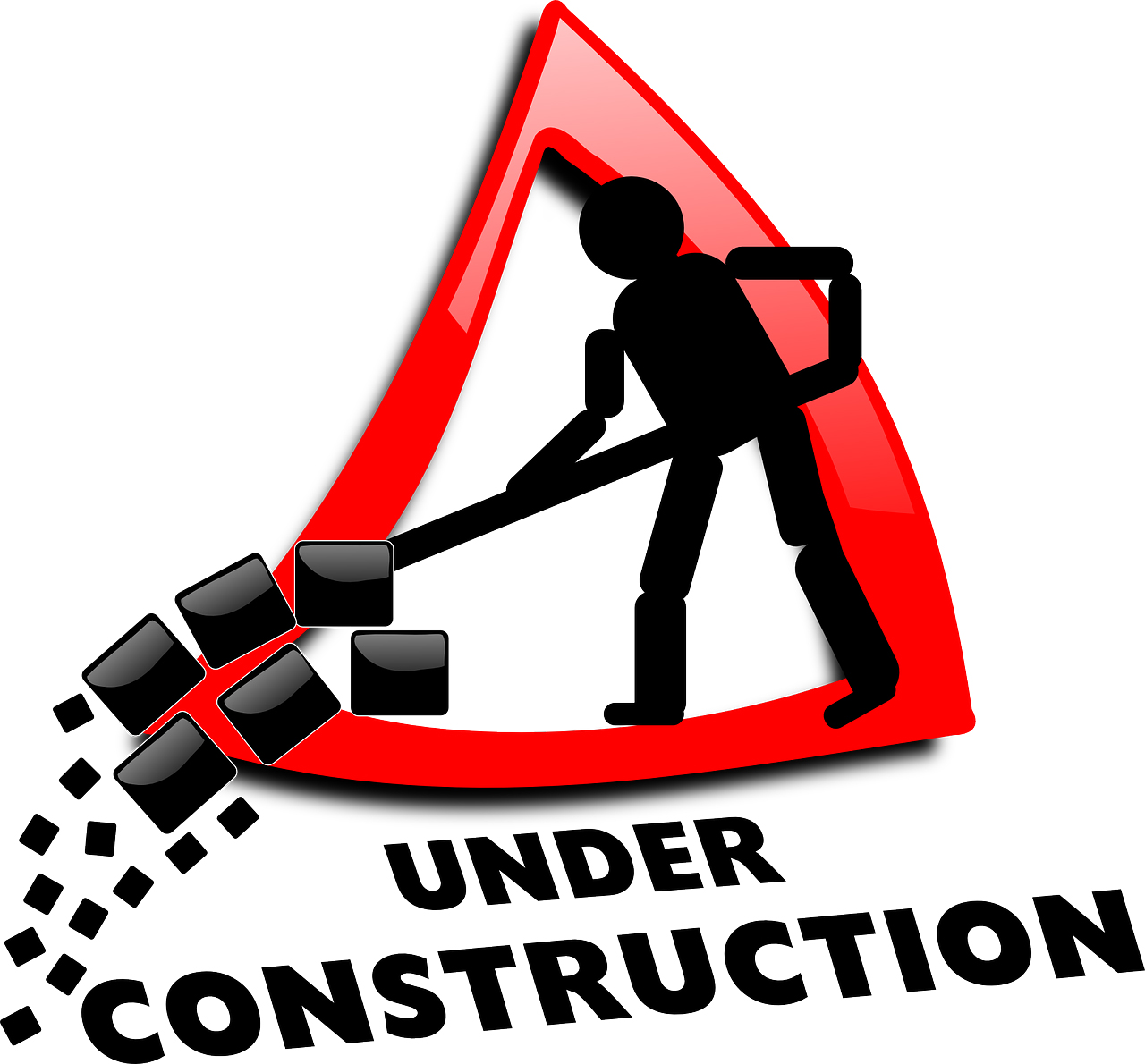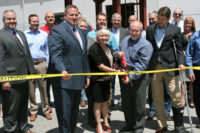Legislative News
Utah Legislature Passes Two Key Construction Funding Bills

UDOT officials will meet with the State Transportation Commission next month to present a list of recommended projects for funding.
The Utah Legislature recently passed two bills that allow the state to issue bonds for key construction projects. The bills were the highlight of what Joey Gilbert, vice president of the Utah Chapter of the Associated General Contractors, says otherwise was a “relatively quiet session” for the state’s construction industry.
House Bill 460 provides for $100 million in bonds to build the infrastructure for the new state prison west of Salt Lake City. Senate Bill 277, introduced the day before the March 9 close of the session, allows the state to issue $1 billion in bonds for highway projects over the next four years.
Passage of the highway-funding bill came as an unexpected but welcome surprise, says Carlos Braceras, executive director of the Utah Dept. of Transportation.
“We did not propose the bonding as part of the budget this year,” Braceras says. “But we are fortunate the Legislature likes our projects and our people, and they want more projects done, and done faster, and that is what this will do for us,” he says.
The highway bill’s sponsor, state Sen. Wayne Harper, R-Taylorsville, said in a statement that lawmakers expect the transportation upgrades will improve the climate for business and thus increase future tax revenues.
UDOT oversees a nearly $1.5-billion annual budget, comprised mostly of gas and sales taxes, federal funds and some limited monies from the Federal Aviation Administration.
Braceras says that UDOT officials will meet with the State Transportation Commission next month to present a list of recommended projects for funding. After a short study and public comment period, the projects will be selected and announced in May. He says that $19 million on the bond money will be used to re-capitalize the Utah State Infrastructure Bank, to fund highway-related projects in three counties.
The state will lend nearly $10 million to the Military Installation Development Administration to construct an access road under U.S. 40 near Park City, where MIDA is building a hotel for use by Air Force personnel and their families.
A transit-oriented development in Davis County will receive $5 million, and another $4 million will go to the Utah Transit Authority to build a pedestrian bridge over 1-15. The bridge will connect the Utah Valley University campus to a Front Runner commuter rail station.
Gilbert says that while AGC of Utah did not lobby for the bond issue, it was successful in seeking adjustments to the state gas tax for highway funding.
During previous sessions, lawmakers indexed increases in highway funding to the price of fuel. Gilbert says the level was lowered to permit the increase sooner than previously expected, perhaps as early as 2019. “We also helped defeat a tax-reform bill that would have added about a 3% tax on services that would have impacted our members,” he says.
Green Light for Prison Infrastructure
State lawmakers approved $100 million to fund infrastructure at the site of the new state prison. It will be located on 323 acres of undeveloped wetlands about seven miles west of downtown Salt Lake City.
During the 2016 session, Utah lawmakers approved $550 million for construction of the facility, and since that time, designers have been developing an infrastructure plan for the site.
Marilee Richins, director of operations for the state Dept. of Administrative Services, says that initial estimates for infrastructure at the site were closer to $150 million.
“Through our process and some smart procurement and engineering, we’ve brought it down to $100 million,” she says. “Of that cost, about one third is going to be paid back to the state through long- and short-term agreements with Salt Lake City and landowners in the area.”
The city has been doing master planning for the area for several years, and Richins says that building the prison has created an opportunity to install some of the infrastructure needed for future development.
While some legislators questioned why the funding request was not included in the original budget for the prison, Richins says that the original funding was only for construction of the facility. The infrastructure would need to be added regardless of the site chosen for it, she adds.
The site west of the city was the most expensive to develop of all the ones considered, but selection committee members felt it was the best choice for the long-term because of its proximity to courts, hospitals and a potential workforce.
“We did expect we would be able to draw the funds for the infrastructure from a state revenue pool, but over time, that pool has decreased, and there was not enough for what we needed. That is why we went to bonding,” says Richins.
The new prison construction project is being overseen by BDK, a joint venture team of Salt Lake City-based Big-D Construction and Kitchell Construction of Phoenix. Salt Lake City-based GSBS Architects is partnering with HOK, San Francisco, and CGL, Miami, on the design of the facilities.
Okland Construction and Layton Construction recently formed a joint venture to build the structures.
The prison’s CM/GC contract has 13 different bid packages, according to Richins. The contract for the haul road was released last year and work has been underway on it this winter.
“The next step will be clearing land this summer and bringing in about a million tons of fill material,” Richins says.
The project is scheduled for completion in fall 2020.

